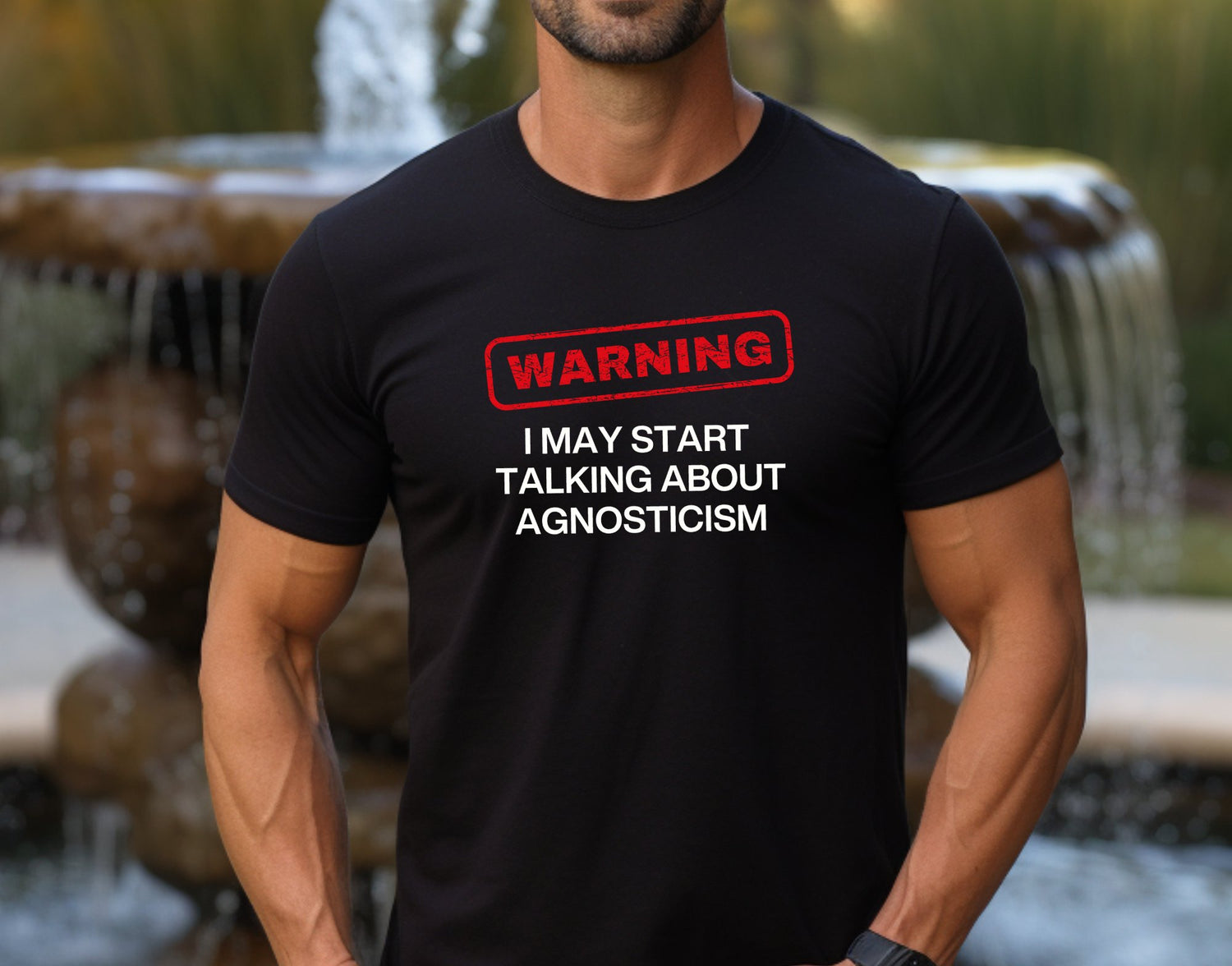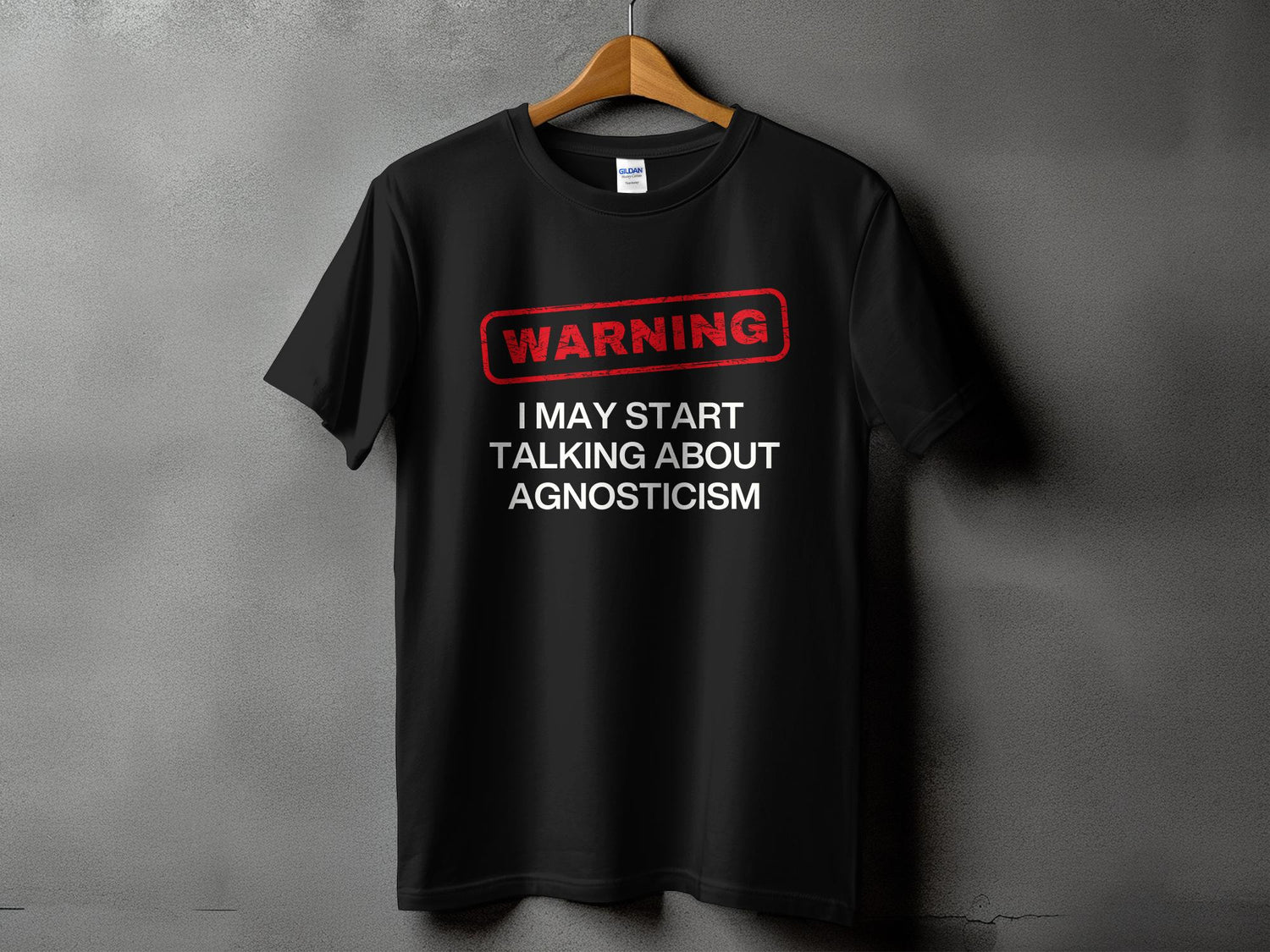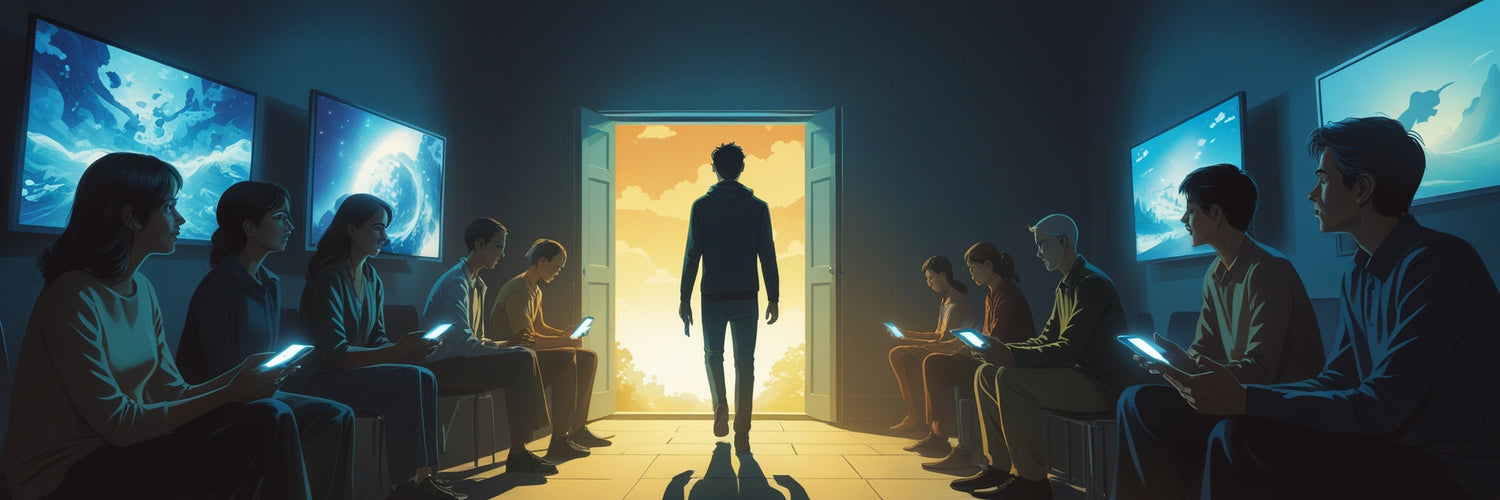The Allegory of the Cave: An Overview
Plato’s Allegory of the Cave, presented in The Republic, is one of the most famous metaphors in Western philosophy. It serves as an exploration of human perception, reality, and knowledge, challenging us to question the nature of truth.
In the allegory, Socrates describes a group of prisoners who have been chained inside a dark cave since birth, facing a blank wall. Behind them, a fire casts shadows of objects onto the wall, and the prisoners take these shadows to be reality. Having never seen the outside world, they believe that the shadows are the only true existence.
Escaping the Cave: The Journey to Truth
One day, a prisoner is freed and steps outside the cave. At first, the sunlight blinds him, and he struggles to adjust to his new reality. However, as his eyes acclimate, he begins to see objects, people, and eventually the vast world beyond the cave. He realizes that the shadows on the wall were mere illusions, and true knowledge exists outside the cave.
If this freed prisoner were to return to the cave and try to explain the outside world to the others, they would dismiss him as delusional. Unwilling to accept the idea that their reality is false, they may even resist the idea of leaving the cave.
Symbolism in the Allegory of the Cave
Plato’s allegory is rich in symbolism, each element representing different aspects of human understanding:
- The Cave – Symbolizes ignorance and the limitations of perception.
- The Shadows – Represent false beliefs and misinformation.
- The Fire – Acts as a deceptive source of knowledge, much like media or superficial education.
- The Outside World – Stands for enlightenment and the pursuit of truth.
- The Sun – Represents ultimate knowledge and philosophical wisdom.
- The Returning Prisoner – Embodies the role of the philosopher, trying to educate others but facing resistance.
Relevance in the Modern World
The Allegory of the Cave remains deeply relevant today, influencing discussions on:
- Media and Information – Just as the prisoners mistake shadows for reality, people today may accept misinformation or biased narratives without question.
- Education – The journey out of the cave mirrors the process of learning and gaining deeper understanding.
- Critical Thinking – Encourages individuals to question their beliefs, seek truth beyond appearances, and avoid intellectual complacency.
- Technology and Virtual Reality – In a world increasingly shaped by digital experiences, the allegory challenges us to consider the difference between simulated and actual reality.


















